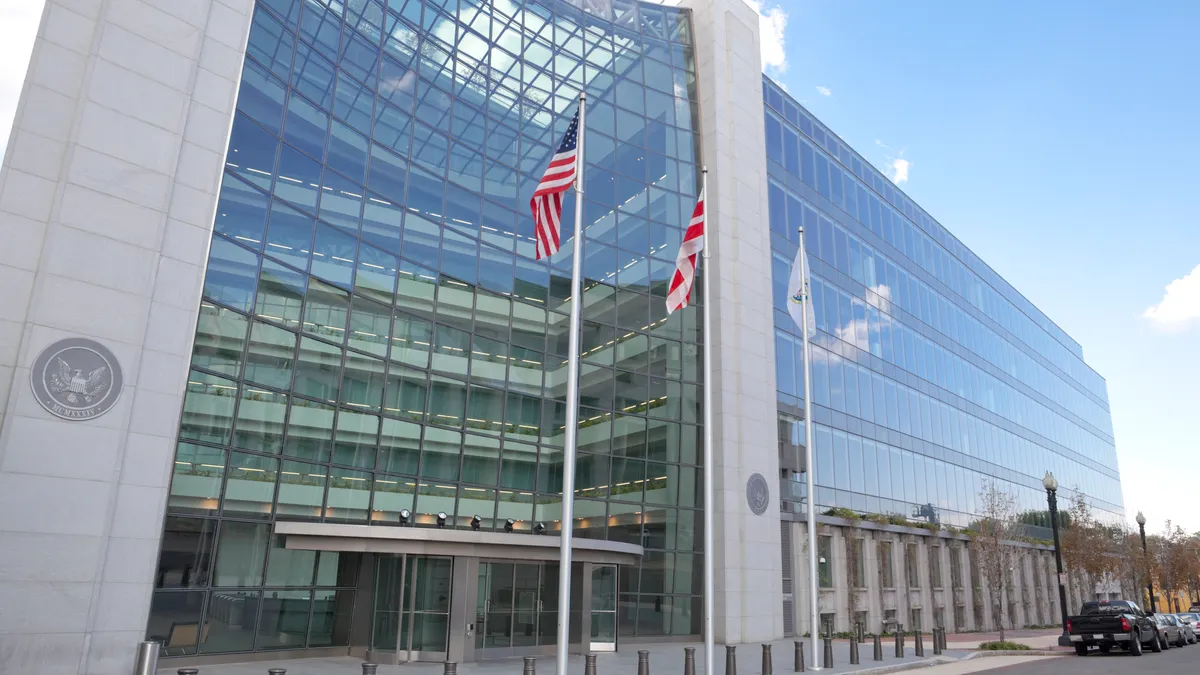Dive Brief:
- The Securities and Exchange Commission charged Navy shipbuilder Austal with pursuing a fraudulent revenue recognition scheme, imposing a $24 million civil penalty.
- Austal USA, based in Mobile, Alabama, and its Australia-based parent company falsely reduced by tens of millions of dollars estimates for completing shipbuilding projects for the Navy, the SEC alleged in its complaint. Austal cut the cost projections to meet revenue and budget goals even though it knew shipbuilding costs were exceeding its plans, the agency said.
- “The terms of this settlement make it clear that when companies manipulate their financial results to avoid falling short of analyst expectations — and those actions harm U.S. investors — the SEC will hold those companies accountable, wherever they are located,” said Jason Burt, director of the SEC’s Denver office.
Dive Insight:
The SEC and the Justice Department allege that from at least January 2013 until July 2016, Austal USA misled shareholders, auditors and the investing public by understating an accounting metric known as “estimate at completion” for the construction of Littoral Combat Ships.
Aiming to buoy the share price of its parent company Austal Limited, Austal USA manipulated the EAC figures by using “program challenges,” or false “plug” numbers, to hide mounting costs, the Justice Department said. The scheme falsely overstated the profitability for Austal USA’s shipbuilding project along with earnings reported by Austal Limited.
During the period of the fraud, Austal’s share price rose 173% from Feb. 2014 until late Nov. 2015, the SEC said.
When the higher costs came to light, Austal Limited wrote down more than $100 million and its share price sank.
The SEC last year charged three executives at Austal USA with engineering the multi-million dollar accounting fraud. They await trial, the Justice Department said.
Austal describes itself as “the only foreign-owned contractor designing, constructing and sustaining ships for the U.S. Navy.”
The company was a leading contractor in the Pentagon’s LCS program, which suffered from “years of performance shortfalls, deficiencies and cost growth,” the Government Accountability Office said in a May report.
“Operational testing has found several significant challenges, including the ship’s ability to defend itself if attacked and failure rates of mission-essential equipment,” the GAO said in a report in February 2022.
The Navy budgeted more than $60 billion for the LCS program, but proposed early retirements trimming the force to 32 vessels from 35, according to a March 2023 report by the Congressional Research Service.
In May 2023 the Navy announced it awarded Austal USA a $113.9 million contract for the newest design of an anti-submarine surveillance ship known as the TAGOS-25, the Congressional Research Service said this month in a report. Then in May this year, the Navy awarded the company a $516 million contract modification for the construction of the vessel.
The Navy estimates in its budget submissions for fiscal years 2024 and 2025 that the first surveillance ship will cost $789.6 million, or 81.8% more than its prior estimate, according to the CRS.
The Navy in its fiscal year 2024 budget submission attributed the higher cost “to several factors affecting shipbuilding prices including direct material inflation, supply chain challenges and increased non-recurring engineering costs,” the CRS said, flagging “the risk of further cost growth on the first ship.”















